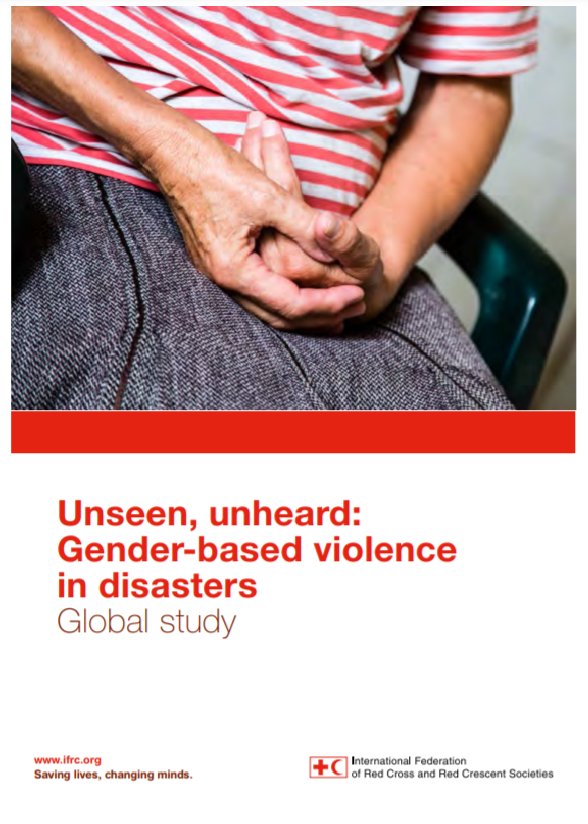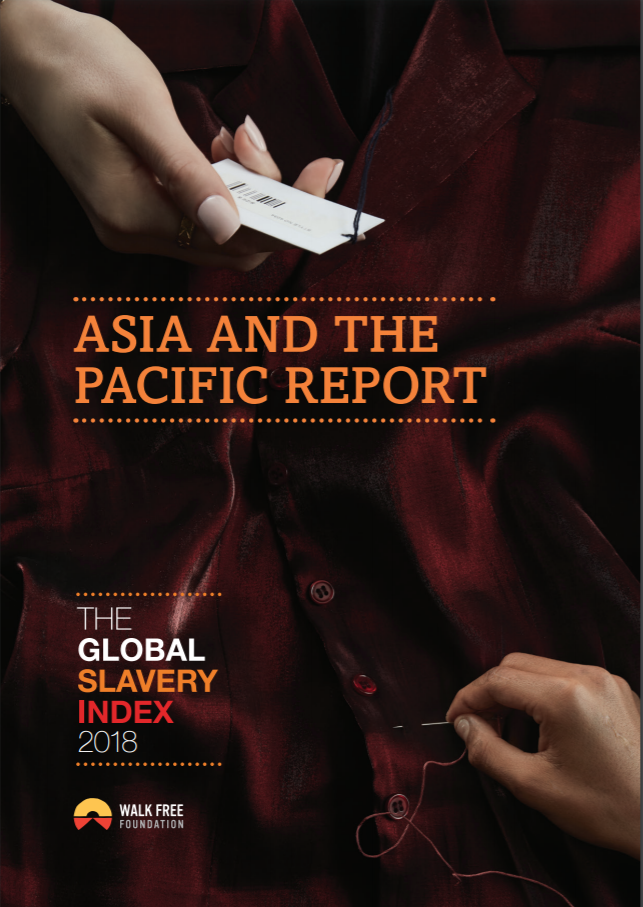20 Years to Better Protect Children Affected by Conflict

Today, nearly 250 million children are living in countries and areas affected by conflict. An untold number of children are now living in communities besieged by conflict and often cut off from sufficient humanitarian aid. And far too many children have been recruited, forced into, or otherwise used by armed groups.
Around the world, millions of children have been scarred physically and psychologically by violence— experiencing horrors no child should ever experience; witnessing events no child should ever see; victimized by the worst of humanity. Each and every one of these children has the right to a childhood — to be safe, to learn, and to grow into adulthood. The right to progress, not only for their sake, but also for the sake of their societies. For children whose rights have been violated with impunity are less likely, as adults, to respect the rights of others. For 20 years, the Office of the Special Representative for Children and Armed Conflict has summoned outrage and compelled action to prevent grave violations against children, working in partnership with governments, NGOs, and UN agencies — and aided by the UN Monitoring and Reporting Mechanism. Our past progress — exemplified by some of the examples in this report — shows what we can do, through common effort — now and in the future. For example, last year alone, almost 10,000 boys and girls were released from armed forces or groups.
Country
Worldwide
Region
Worldwide
Year
2016







